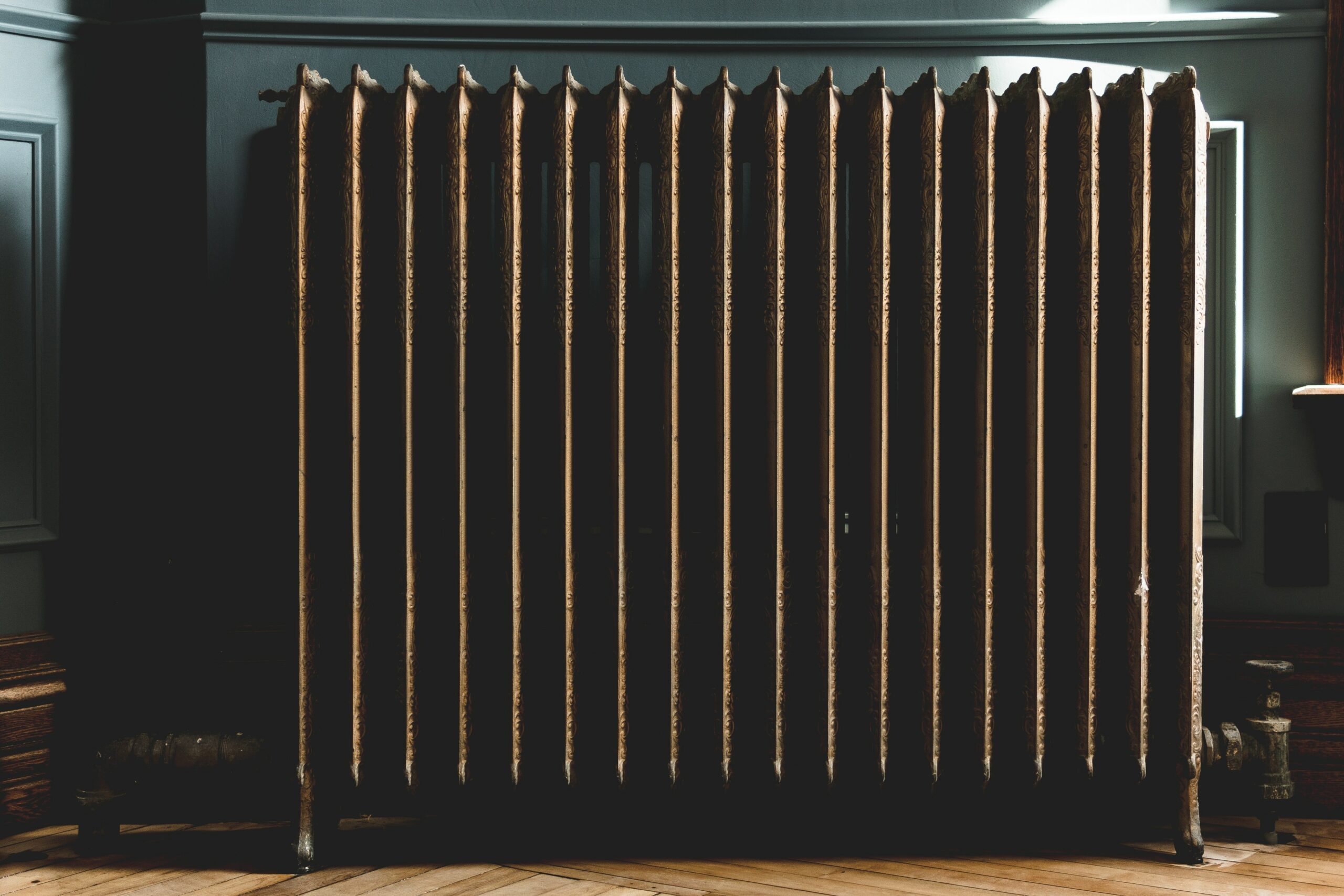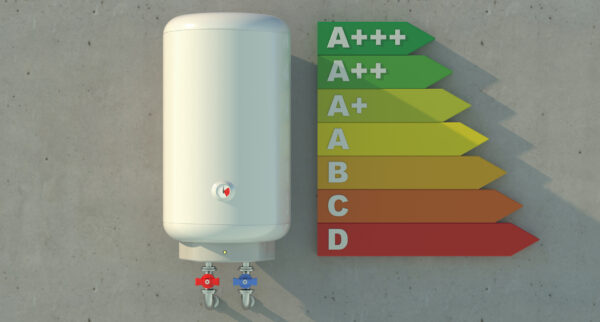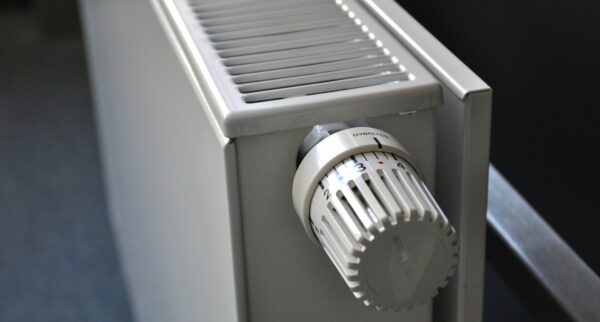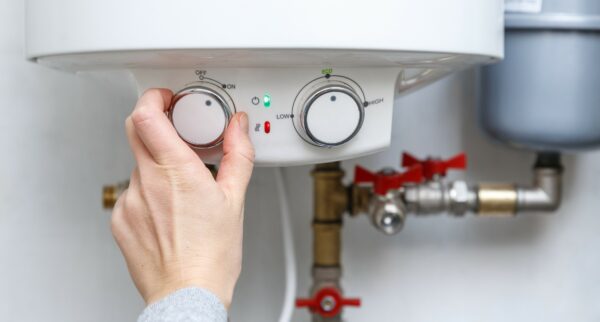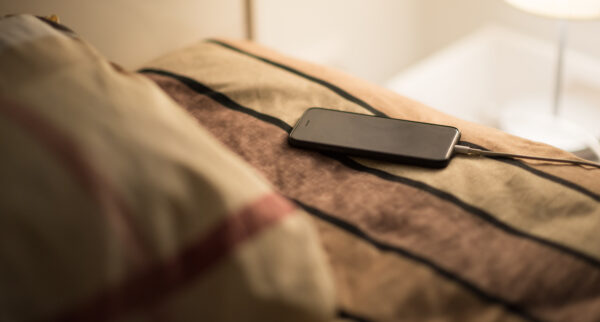Call us today 0207 32 32 999
Written By: JustBoilers.com Experts | Last Updated: July 2022
Removing a radiator is a fairly easy job. It’s something a competent home plumber should be able to manage with little trouble. After all, it is one of the last things a building contractor installs, and the pipes will already be accessible. That’s provided your back doesn’t mind the awkward positions you have to take up from time to time!
If you need to remove a radiator in your house and you’re not sure where to start, we’ll talk you through it. But first, let’s discuss why you might need to remove a radiator in the first place.
Table of Contents
ToggleFour Reasons for Removing a Radiator from a Room
- The radiator might be leaking through pin holes left by rust and you have given up trying to seal it
- You are redecorating the house and want to be able to paint the wall properly in another colour
- The radiator is in the way of where you want a sliding door onto the patio leading to the garden
- You want to replace the radiator because it is old-fashioned. You decide to change it for a new streamlined one
Radiator Removal : Safety First
We don’t want you hurting yourself while removing a radiator at home. It isn’t a risk-free job. The couplings might be screwed down hard, and if a spanner slips you could bang your knuckles up.
Make sure your tools are not worn on the edges and wear a good pair of stout gloves. Have an assistant standing by to run errands, ready to help out if things get hectic and you need an extra pair of hands.
How to Remove a Radiator Off in Four Steps
There are several stages to removing a radiator. First, you have to turn the heating off and wait until the pipes are cool to the touch. Next, you have to isolate the radiator and drain it down. Finally, you can unscrew it from the wall, take it outside and continue with your project.
Important Things to Know About Radiator Controls
Let’s assume you have already cooled the system down and you’re ready to get on with the job. If you don’t know how to do that, then we recommend you find a gas-safe engineer to take the radiator out.
Thermostatic Radiator Valve Open to Position 2
Locate the two radiator valves. The larger one in the picture controls the flow of water so you want to close it firmly in a clockwise direction. If it is an automatic thermostatic valve turn it down to the lowest mark.
Make sure you do not accidentally leave a thermostatic valve in the frost position. If the temperature in the house drops too low it can open without warning, potentially causing a flood while you remove the radiator.
Turning off the Radiator Water Supply
If you have a thermostatic valve you have one more thing to do. First, remove the top cap and replace it with a non-thermostatic control. Then tighten it firmly again in a clockwise direction. You can purchase a manual control knob at a hardware store if you can’t find the one that came with the radiator.
The valve on the other side of the radiator controls the rate of flow to balance the home heating system, so it’s important to note the current setting. Turn this ‘lockshield valve’ slowly in a clockwise direction counting the number of turns it takes.
Have your assistant write the number down and put the paper where you can find it. Better still message it to yourself on your phone.
The water supply to the radiator should now be isolated. However, experience has taught us to always double-check things when removing a radiator.
Find the bleeding valve at the top of the radiator. Have an absorbent cloth and a plastic container handy. Unscrew it clockwise slowly until a little water, and possibly some air spurts out.
This should stop soon. If it does not, the water supply is still open. You need to close it quickly and call a plumber. However, if you are successful, leave it open. This makes things easier when you drain the radiator down.
Emptying the Water Out of the Radiator
Protect the floor with a plastic sheet beneath the radiator. Place a plastic bowl underneath the closed (thermostatic) delivery valve. Have several absorbent cloths handy.
Hold the valve assembly steady with a spanner while loosening (but not removing) the union nut on the radiator. Close the union nut before the plastic bowl overflows. Discard the water and repeat the process until the radiator is empty. Loosen the union nut completely.
How to Take a Radiator Off
Remove the second union nut on the lockshield side. Double-check the radiator has completely separated from the pipes. Some older radiators bolt onto wall brackets and these must be removed first. Close the bleeding valve.
Have an assistant help you gently lift the radiator off the wall brackets. Keep it vertical as you take it outside the house and store it somewhere safe.
Capping off a Radiator Temporarily
You’ll want to get the heating turned on again soon. However, you may be worried a child could mischievously open a valve and cause a flood.
If that’s the case, you can get a pair of blanking caps that close the pipes that were previously attached to the radiator. Then you should be able to restart the heating in complete confidence.
Replacing the Radiator in Its Original Position
If you removed the radiator to decorate behind it – or perhaps de-rust and paint it then you will want to recommission it right away. The process is the reverse of removing a radiator:
- Turn the heating off and wait until the pipes are cool to the touch
- Remove the blanking caps from the valves in the event you fitted them
- Put the radiator on the wall brackets and fit the bolts if applying
- Attach the input (thermostatic valve) to the union on the radiator and tighten
- Attach the lockshield valve to the other units on the radiator and tighten
- Open the input valve / replace the thermostat controlling cap and set it
- Open the bleeding valve and allow the radiator to refill until all the air is out
- Close the bleeding valve and open the lockshield the right number of turns
- Restart the heating and feel the radiator gently warm again
Removing a radiator (and replacing it) should be within the capabilities of an experienced home handyperson. However, if you need to remove your radiator and you’re in any doubt about what to do, it’s always worth asking a gas safe engineer for advice.
Talk to our team if you have questions about how to remove a radiator, or you need any guidance on how to take a radiator off the wall. We’re here to help.
